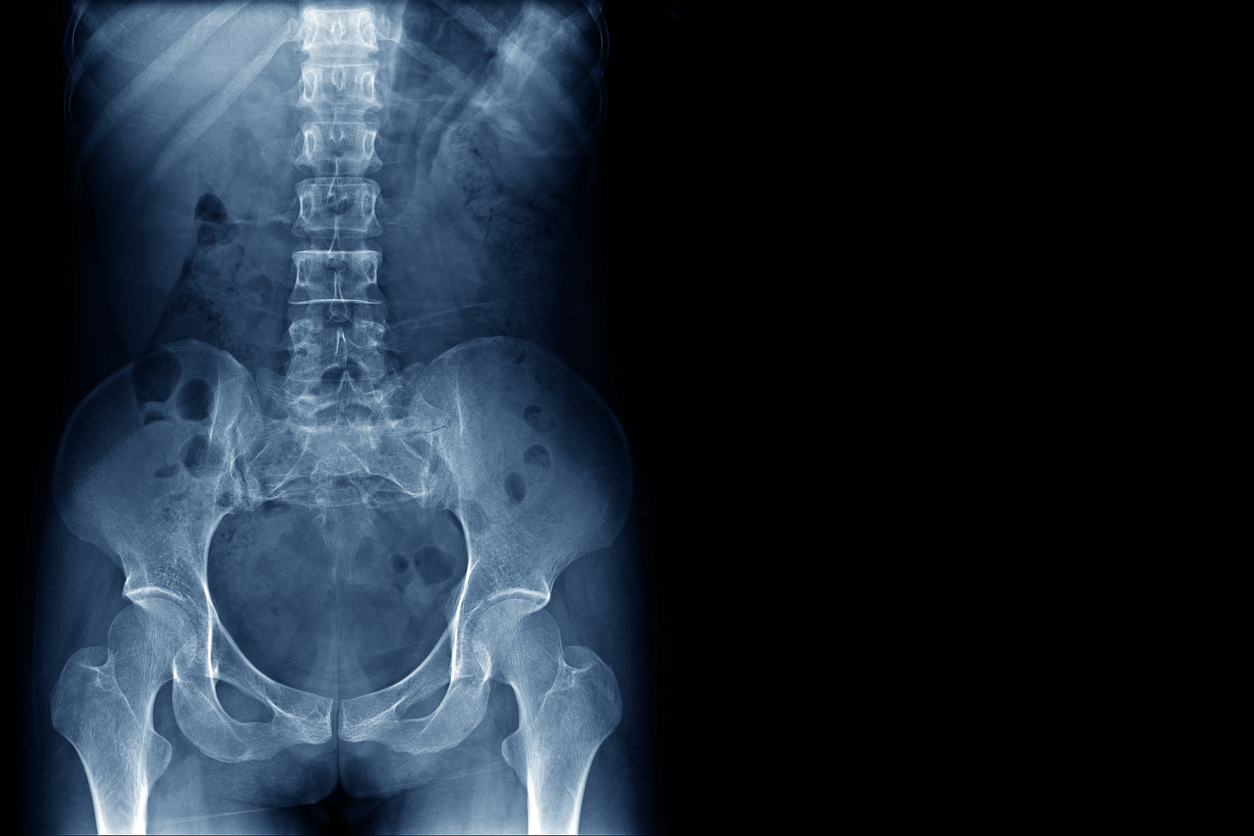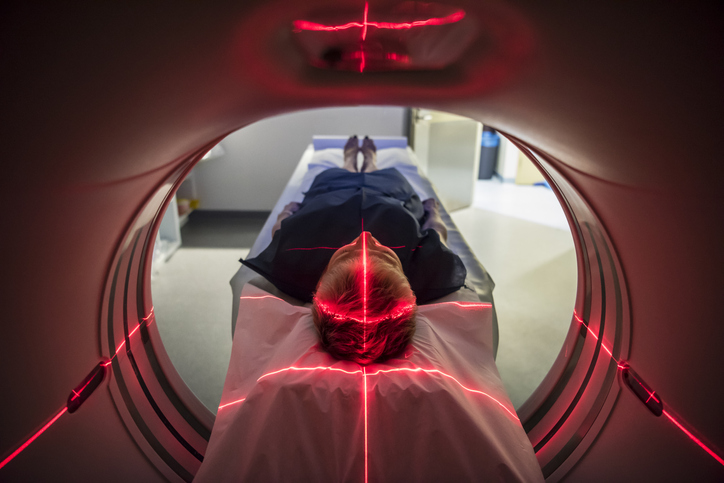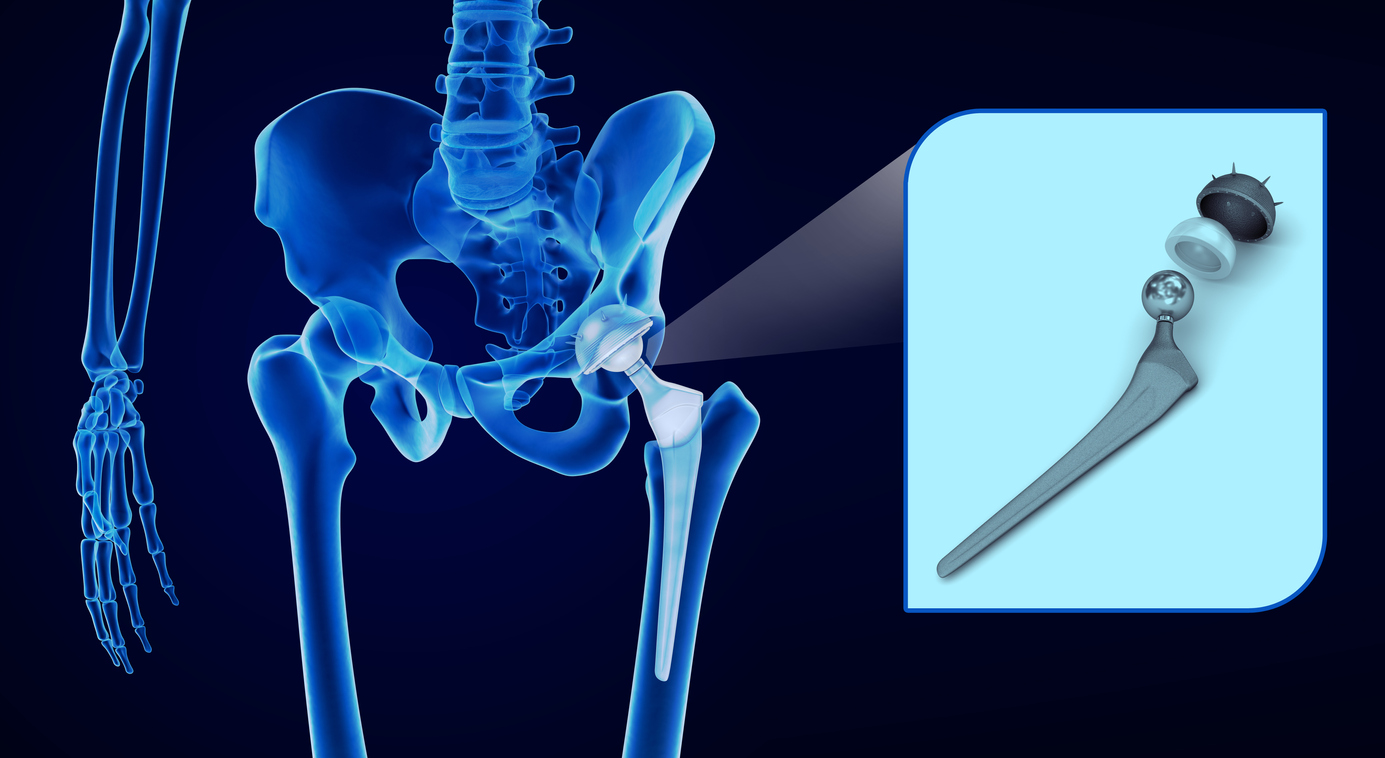Treatments
What Is Disc Replacement Surgery?

Disc replacement surgery involves replacing a damaged intervertebral disc with a plastic or metal artificial disc. The purpose is to relieve or reduce back or neck pain while also retaining mobility of the spine.
Disc replacement surgery is a relatively new surgical treatment option for certain spinal conditions, most commonly degenerative disc disease. It was first done in the United States in 2000. Depending on the specific spinal condition, disc replacement surgery is an alternative to spinal fusion surgery.
Degenerative disc disease and disc replacement surgery
Nearly every individual over the age of 60 has some form of disc degeneration; some individuals experience pain, while others have no symptoms. If back pain due to degenerative disc disease (DDD) persists after six months of conservative treatments (e.g, physical therapy, epidural steroid injections, medications, etc.), surgery may be recommended to relieve or reduce pain. Surgery is not recommended if DDD is asymptomatic.
Degenerative disc disease most commonly affects the neck (cervical spine) and/or the lower back (lumbar spine). These areas of the spine are the most vulnerable to wear and tear; symptomatic DDD can also occur in the upper back (thoracic spine), but it is much less common.
Types of disc replacement surgery
Disc replacement surgery is categorized according to where the damaged disc is located: the two most common types of disc replacement surgery are lumbar (lower back) disc replacement and cervical (neck) disc replacement. The goal of lumbar disc replacement is to reduce lower back pain while also preserving mobility of the repaired area. The goal of cervical disc replacement is to reduce chronic neck or arm pain while also preserving mobility of the repaired area.
Because the thoracic spine doesn’t move or bend nearly as much as the cervical and lumbar regions, degenerative disc disease is much less common in this area. Additionally, because the major advantage of disc replacement surgery over spinal fusion surgery is retaining movement in the damaged part of the spine, it’s not usually necessary because the thoracic spine is not vital to movement. Spinal fusion is the preferred surgical procedure for chronic pain in the thoracic area.
Eligibility
Disc replacement surgery may not be advised in the following cases:
- Previous spinal surgery has been done.
- Other spinal conditions, such as scoliosis, spondylolysis, or spondylolisthesis are present.
- Herniated disc presents with radiculopathy.
- Advanced spinal degeneration or bone weakness (e.g., osteoporosis) is present.
- Spinal fracture is present.
- Significant joint disease (e.g., facet arthritis) or compression of the spinal nerves (e.g., spinal stenosis) is present.
- Other serious underlying medical conditions are present.
Additional source: University of California San Francisco Health
















